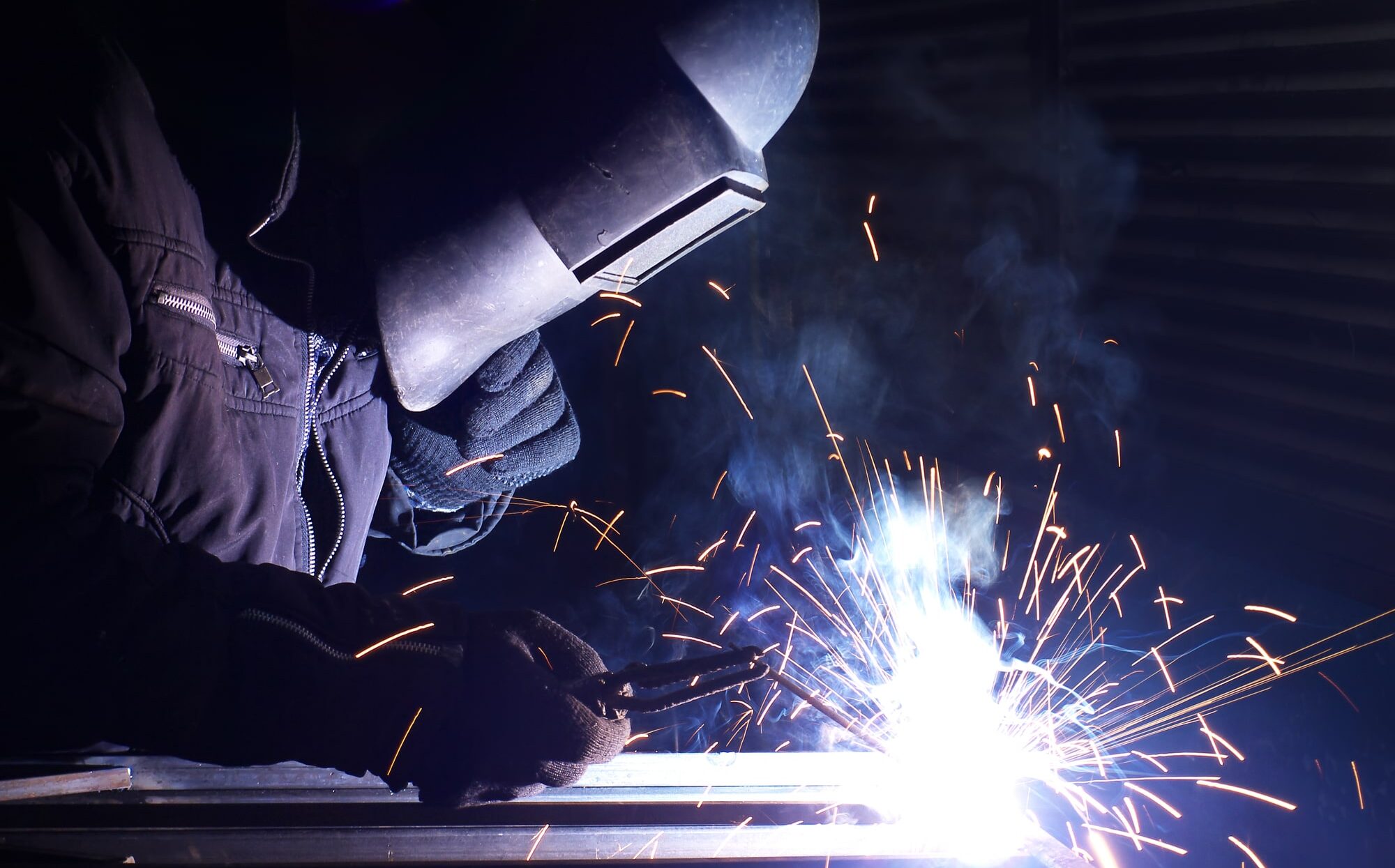How to Create a Reliable Welding WPS: Tips and Ideal Practices
How to Create a Reliable Welding WPS: Tips and Ideal Practices
Blog Article
The Ultimate Guide to Welding WPS Procedures: An Extensive Review for Welders
In the detailed world of welding, Welding Treatment Requirements (WPS) serve as the foundation of ensuring quality, uniformity, and security in welding procedures. Understanding the nuances of producing, applying, and keeping track of WPS procedures is necessary for welders looking to boost their craft and satisfy market criteria. As we explore the various elements of a WPS and check out the ins and outs of credentials and certification, we will uncover the important function these treatments play in the world of welding. Allow's start a trip to untangle the intricacies and value of WPS treatments in welding techniques.
Significance of WPS Procedures
Comprehending the importance of Welding Procedure Specifications (WPS) treatments is critical for making certain the top quality and integrity of bonded frameworks. WPS procedures serve as a roadmap for welders, outlining the needed steps, specifications, and materials called for to achieve a sound weld. By sticking to WPS guidelines, welders can ensure consistency in their job, causing trustworthy and structurally sound welds.
One of the main reasons why WPS procedures are essential is their function in preserving weld quality and stability. Complying with the defined welding parameters and methods detailed in the WPS aids protect against problems such as porosity, fracturing, or insufficient fusion, which can jeopardize the stamina and longevity of the weld.

Components of a WPS
A Welding Procedure Specification (WPS) generally comprises essential parts that information the particular requirements for executing a weld, making sure consistency and top quality in the welding procedure. The crucial elements of a WPS include crucial variables such as base steels, filler metals, interpass and preheat temperature levels, welding processes, securing gases, welding settings, and post-weld heat treatment demands.
Base metals refer to the products being joined, while filler metals are utilized to load the gap between the base steels throughout welding. The welding procedure lays out the specific method to be utilized, whether it's gas steel arc welding (GMAW), secured steel arc welding (SMAW), or another technique. Welding placements define the positionings in which welding can be executed.

Certification and Qualification
Having actually developed the essential components of a Welding Treatment Specification (WPS), the focus now moves in the direction of the critical aspects of qualification and accreditation in welding methods.

Qualification, on the other hand, is the formal acknowledgment of a welder's certifications by a relevant accreditation body or company. Welding accreditations are typically based on the particular welding procedures, materials, and placements a welder is qualified to deal with. Holding a valid welding accreditation demonstrates that a welder meets industry requirements and is experienced to carry top article out welding jobs to the required specs.
Developing a WPS
To develop a Welding Procedure Requirements (WPS) that meets industry criteria, careful consideration of welding procedures, products, and operational parameters is necessary (welding WPS). The initial step in creating a WPS is to identify the welding procedure to be utilized, such as gas steel arc welding (GMAW) or protected steel arc welding (SMAW) When the welding procedure is identified, the following vital facet is picking the ideal products, considering factors like base steel kind, density, and joint design. Functional criteria such as welding existing, voltage, travel speed, and securing gas structure have to likewise be meticulously specified in the WPS.

Carrying Out and Monitoring WPS
Upon completing the thorough Welding Treatment Specification (WPS) that diligently details welding processes, products, operational criteria, and high quality assurance procedures, the focus changes to efficiently applying and keeping an eye on the recognized treatments. Application entails making sure that all welders involved in the job are familiar with the WPS and follow it thoroughly throughout the welding process. Reliable implementation and surveillance of the WPS are important for making certain the stability, toughness, and security of the bonded joints, ultimately adding to the total success of the welding project.
Verdict
Finally, understanding and adhering to Welding Procedure Specs (WPS) is crucial for welders to guarantee top quality, uniformity, and safety in their job. By look at this now knowing the parts of a WPS, acquiring correct qualifications and accreditations, developing in-depth treatments, and applying and checking them properly, welders can improve their abilities and effectiveness in welding practices. Abiding by WPS procedures is necessary for generating top quality welds and meeting market standards.
In the complex world of welding, Welding Procedure Specs (WPS) offer as the foundation of making certain quality, uniformity, and safety and security in welding procedures. The welding procedure click here for more info lays out the specific technique to be used, whether it's gas metal arc welding (GMAW), shielded steel arc welding (SMAW), or another method.To develop a Welding Treatment Requirements (WPS) that fulfills sector criteria, mindful factor to consider of welding procedures, products, and operational specifications is vital. The very first action in producing a WPS is to determine the welding process to be used, such as gas metal arc welding (GMAW) or protected metal arc welding (SMAW)Upon completing the extensive Welding Procedure Specification (WPS) that diligently information welding procedures, materials, operational parameters, and top quality guarantee procedures, the focus shifts to effectively carrying out and monitoring the established procedures.
Report this page